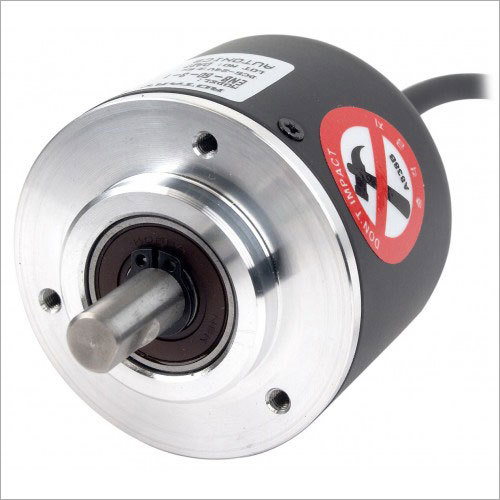Product Description
Autonics Rotary Encoders are electronic devices used for accurate and precise measurement of rotary motion or position in various industrial applications. These encoders convert mechanical motion into electrical signals, providing feedback for monitoring and control purposes. Autonics Rotary Encoders offer high-resolution encoding, multiple output options, and robust construction, making them suitable for applications such as robotics, CNC machines, conveyor systems, and more.
Frequently Asked Questions (FAQ):
Q: What is a Rotary Encoder?
A: A Rotary Encoder is an electronic device that measures the rotation or angular position of a shaft or object. It converts mechanical motion into electrical signals, enabling accurate measurement and monitoring of rotary motion.
Q: What are Autonics Rotary Encoders used for?
A: Autonics Rotary Encoders find application in various industries, including robotics, CNC machines, conveyor systems, packaging machinery, and more. They are used to monitor position, speed, or direction of rotary motion.
Q: How do Autonics Rotary Encoders work?
A: Autonics Rotary Encoders typically consist of a rotating disc with patterns or slots and a sensor that detects the changes in the pattern as the disc rotates. The sensor generates electrical signals corresponding to the rotary motion, providing position feedback.
Q: What are the key features of Autonics Rotary Encoders?
A: Autonics Rotary Encoders offer features such as high-resolution encoding, multiple output options (such as voltage or pulse signals), compact and durable construction, various mounting options, and compatibility with different shaft sizes.

